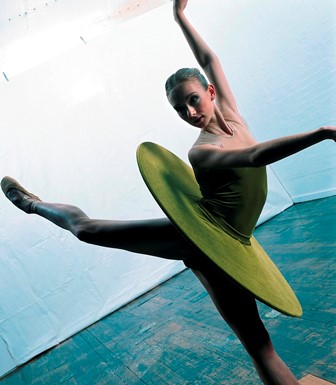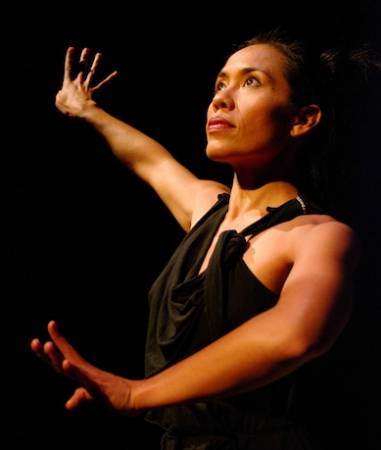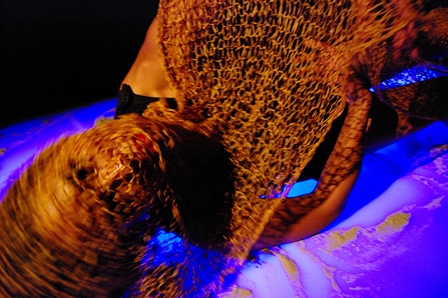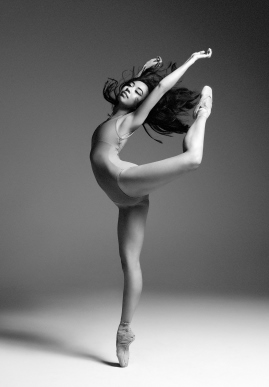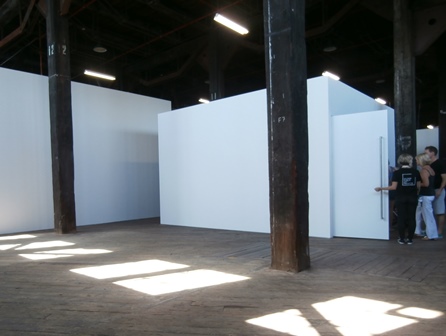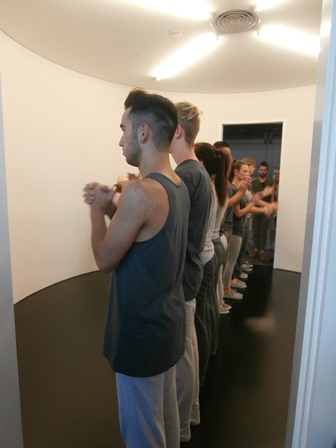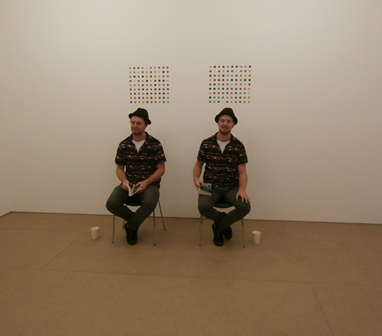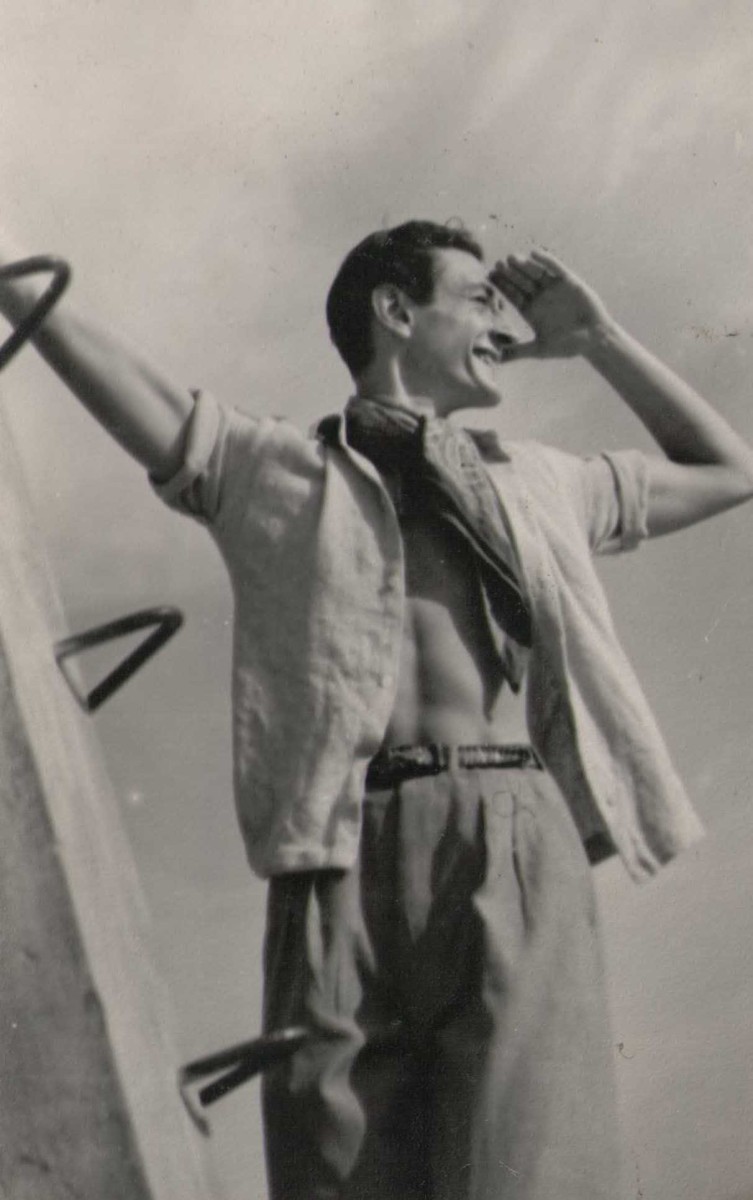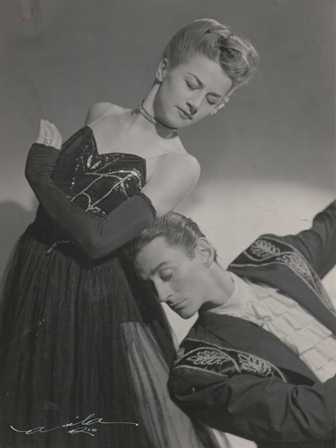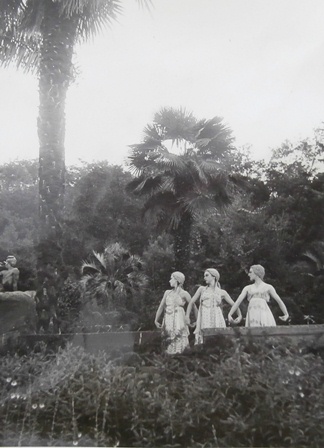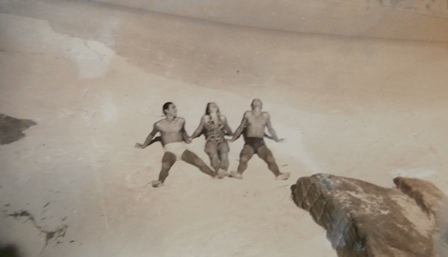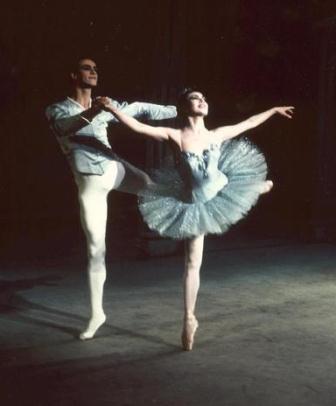Interesting news from Paris is that Benjamin Millepied will take up the position of Director of Dance at the Paris Opera Ballet following the retirement of Brigitte Lefèvre in 2014. Millepied, dancer and choreographer whose performing career has included a significant stretch of time with New York City Ballet where he rose from corps dancer to principal, is perhaps best known to a wider public for his work with Natalie Portman on the movie Black Swan. Millepied’s stage choreography was most recently seen in the southern hemisphere in 2012 in the Royal New Zealand Ballet season of NYC. RNZB staged Millepied’s 2005 work 28 variations on a theme by Paganini.
Meanwhile, the Paris Opera Ballet, a company with a long and illustrious heritage, opens its Sydney season of Giselle at the Capitol Theatre tomorrow. It has been a while since a full production of Giselle has been danced in Australia, and this is a perfect opportunity to see it performed by the company whose forebears danced it at its world premiere.
Giselle first took to the stage in Paris in 1841 at the theatre of the Paris Opera. The ballet was developed by a first-rate team of European creatives. Its libretto was written by poet and critic Théophile Gautier and dramatist Jules-Henri Vernoy de Saint-Georges and was based on a story by the German writer Heinrich Heine. Its music was composed by Adolphe Adam and its choreography created by Jean Coralli and Jules Perrot. On opening night the role of Giselle was danced by Italian ballerina Carlotta Grisi and her performance that night established her as a major star.
Since that opening performance Giselle has hardly been out of the ballet repertoire making it one of the most enduring of all the classics. It has undergone various changes over time, as happens with all works in the performing arts, but essentially it remains the story of a young peasant girl, Giselle, who falls for Albrecht, a nobleman in disguise. She has her heart broken and dies when it becomes clear that Albrecht is engaged to a noblewoman, Bathilde. Giselle returns in spirit form—as a Wili, that is a spirit of a betrothed girl who has died before her wedding night. Led by their queen, Myrthe, the Wilis are intent on pursuing to their death all men who enter the forest at night. It falls to Giselle to save a grieving Albrecht from this fate.
But like all works of art that have endured over centuries, Giselle takes place in a complex world. We encounter many differences of life-style—peasants appear alongside noblemen; and different realms of nature—a fertile countryside where a bountiful grape harvest is celebrated in Act I contrasts with a forest graveyard and the chill of night in Act II. In the Paris Opera Ballet production flower symbolism also plays a significant role. White flowers appear in both acts. They are daisies and field flowers in Act I. Giselle’s peasant admirer, the gamekeeper Hilarion, leaves a bouquet of white daisies outside Giselle’s cottage rather than the dead rabbit or bird he leaves in productions by many other companies. A single daisy also hints that all is not well when Giselle and Albrecht engage in the ‘he loves me, he loves me not’ game with daisy petals.
In Act II Hilarion returns with daisies for Giselle’s grave but the flowers of Act II include lilies, white roses and flowering myrtle, powerful symbols of love, immortality, purity, and in the case of myrtle used for centuries in bridal bouquets. The Queen of the Wilis, Myrthe, carries a branch of flowering myrtle as her sceptre; Albrecht enters with an armful of lilies for Giselle’s grave; Giselle pleads with Myrthe to spare Albrecht and a handful of white roses tumble from her arms and fall at Myrthe’s feet. The forces of nature are powerful throughout.
Giselle also presents us with a number of conundrums. Where or who is Giselle’s father for example? We only meet her mother, Berthe, who in Act I superstitiously tells the story of the Wilis and provides a foretaste of what will occur in Act II. Could the father be the Duke of Courland, who in Act I arrives with his hunting party and is served with refreshments by Berthe? In the Paris Opera Ballet production (at least on its current video manifestation) he takes a particular interest in Giselle, cupping her chin in his hands and looking into her eyes. He seems quite familiar with Berthe as well. And why did Giselle die? Was it of a broken heart? Was it from all the dancing in which we see her engage in Act I, just as Berthe prophesied? Or did she inherit a weak constitution? And how does she die? Does she stab herself with Albrecht’s sword, which Hilarion uses to expose Albrecht’s real identity? And what of Albrecht? Does he really love Giselle? Or is he living a lie and wreaking havoc on the life of a young peasant girl as he plays at being a peasant himself? Marie-Antoinette and her fake rustic village at Versailles come to mind.
The dancing itself in this Paris Opera Ballet production is almost flawless in a technical sense. In addition, the dancers, male and female, have an elegance and a perfection in the way they carry themselves that not only reflects their impeccable training but somehow also seems to reflect their royal heritage. The Paris Opera Ballet can trace its lineage back to 1661, when the French monarch Louis XIV, the Sun King, established the Académie royale de danse. Louis XIV was an enthusiastic and accomplished dancer himself. His familiar name, the Sun King, is reputed to date from his appearance as Apollo, god of the sun, in one of the sequences in Les Ballets de la nuit in 1653. He was just 14 at the time and was dressed in a costume replete with golden rays that fanned out around him as we imagine the rays of the sun radiate from a golden orb. Legend also has it that he had such slim and elegant ankles that he loved to pose with his heel pushed forward to show the royal ankles in all their glory. Ballet technique, the story goes, has been characterised by a ‘turn out’ of the feet and legs ever since.
There is so much to ponder on as the story of Giselle unfolds. I am filled with anticipation!
Giselle, Paris Opera Ballet, Capitol Theatre, Sydney, January 29–February 9
© Michelle Potter, 28 January 2013
Postscript (29 January 2013): Shame about the misspelling of Laurent Hilaire’s name in The Sydney Morning Herald‘s article (p. 7) this morning. Not a good advertisement for Australian media on the morning of the Paris Opera Ballet’s opening. And, although the same article also notes that Millepied has no official ties with the Paris company, Millepied has made a work for the company, his Amoveo (2006).
